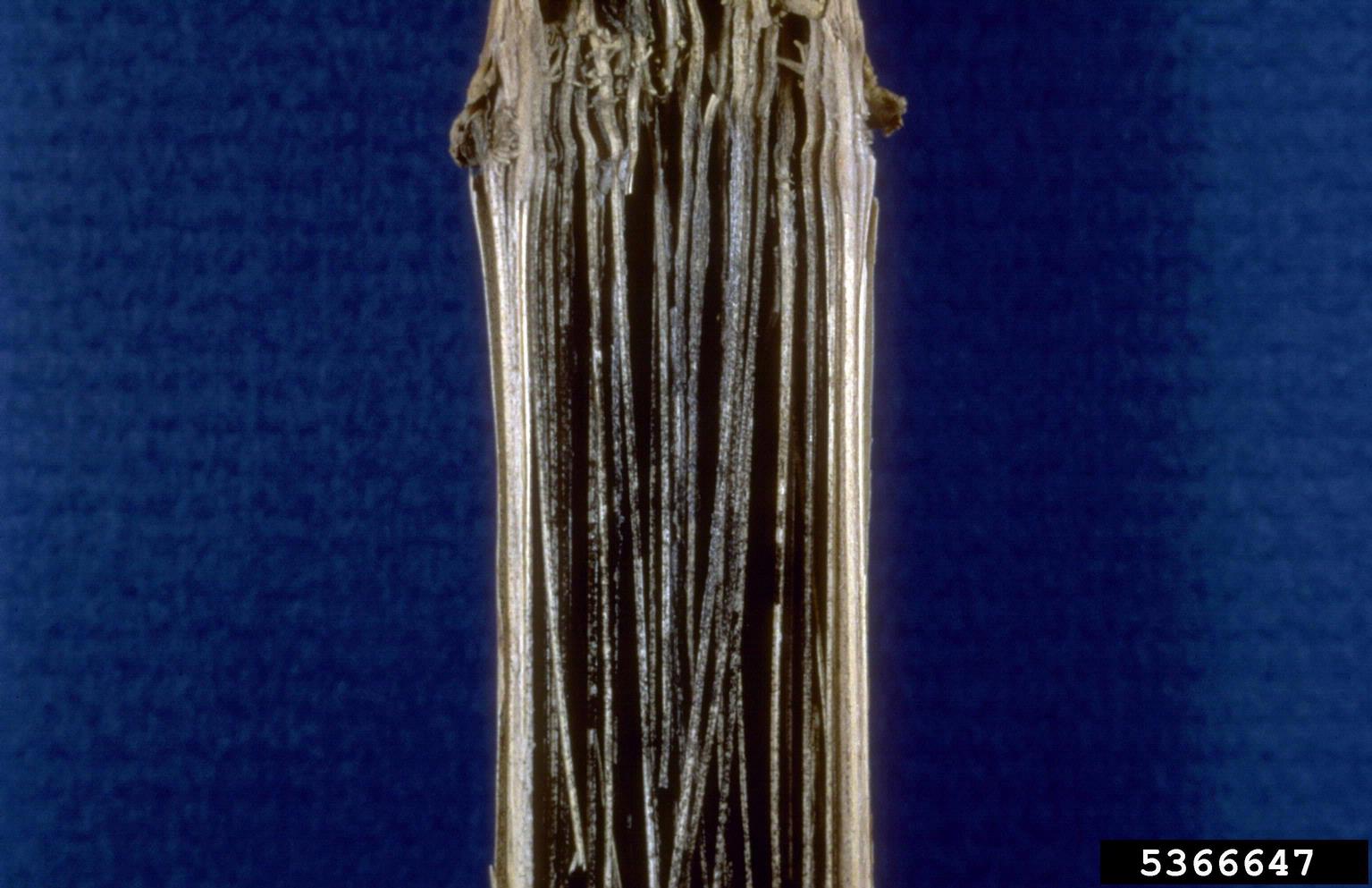Sweet Corn Charcoal Rot Control – How To Manage Corn With Charcoal Rot


The life cycles of many fungal diseases can seem more like a vicious cycle of death and decay. Fungal diseases, such as charcoal rot of sweet corn infect plant tissues, wreaking havoc on infected plants, oftentimes killing the plants. As infected plants fall and die, fungal pathogens remain on their tissues, infecting the soil below. Then the fungus lies dormant in the soil until a new host is planted, and the infectious cycle continues. For more information about sweet corn charcoal rot control, continue reading.
About Corn with Charcoal Rot
Charcoal rot of sweet corn is caused by the fungus Macrophomina phaseolina. While it is a common disease of sweet corn, it also infected many other host plants including alfalfa, sorghum, sunflower, and soybean crops. Charcoal rot of sweet corn is found worldwide but is especially prevalent in the hot, dry conditions of the southern United States and Mexico. It is estimated that sweet corn charcoal rot causes about 5% of crop loss annually in the U.S. In isolated locations, crop losses of 100% have been reported from charcoal rot infections. Charcoal rot of sweet corn is a soil borne fungal disease. It infects corn plants through their roots growing in infected soils. Soils can be infected from residual pathogens from previously infected crops or from tillage of infected soils. These pathogens can remain in the soil for up to three years. When weather conditions are hot, 80-90 F. (26-32 C.), and dry or drought-like, stressed plants become especially susceptible to charcoal rot. Once this disease has entered stressed plants roots, the disease works its way up through the xylem, infecting other plant tissues.
Sweet Corn Charcoal Rot Control
Corn with charcoal rot will have the following symptoms:
- shredded appearance of stems and stalks
- black spots on stems and stalks, which give the plant an ashy or charred appearance
- dried out or wilting foliage
- rotted away pith beneath shredded stalk tissue
- vertical splitting of stalk
- premature ripening of fruit
These symptoms will usually appear in times of drought, especially when these dry conditions occur during the plant’s flowering or tasseling stage. There are no fungicides that are effective at treating sweet corn charcoal rot. Because this disease is linked to heat and drought, one of the best control methods is proper irrigation practices. Regular watering throughout the growing season can prevent this disease. In cooler locations of the U.S. that receive adequate rainfall, the disease is rarely a problem. In hot, dry southern locations, sweet corn crops can be planted earlier to ensure that they are not flowering during normal periods of heat and drought. Crop rotation with plants that are not susceptible to charcoal rot may also help control the disease. Cereal grains, such as barley, rice, rye, wheat, and oats, are not host plants for charcoal rot.
Gardening tips, videos, info and more delivered right to your inbox!
Sign up for the Gardening Know How newsletter today and receive a free copy of our e-book "How to Grow Delicious Tomatoes".
-
 Zinnias On Repeat: 10 Glorious Cut-And-Come-Again Varieties For Endless Summer Bouquets
Zinnias On Repeat: 10 Glorious Cut-And-Come-Again Varieties For Endless Summer BouquetsThese zinnia varieties keep giving all summer, making them the perfect choice for dedicated cutting gardens – or just the occasional homegrown bouquet.
By Ellen Wells
-
 Create A Romantic Garden Straight Out Of Bridgerton: Regency Era Romance In Your Garden
Create A Romantic Garden Straight Out Of Bridgerton: Regency Era Romance In Your GardenTry some romantic garden ideas straight out of Bridgerton. Flowers and gardens in the Regency era were lush and charming and you can get the same look!
By Bonnie L. Grant